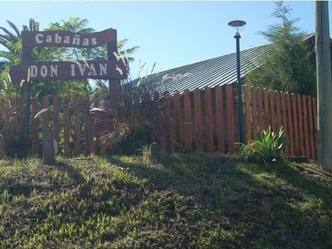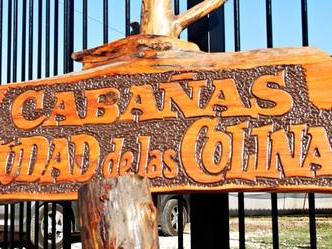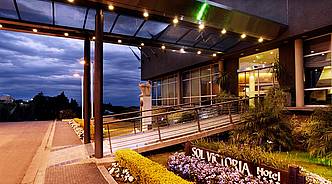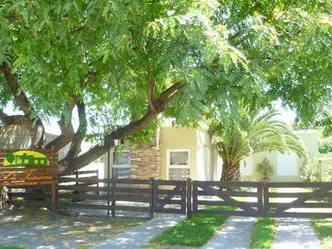Mount Matanza and the Ombú woodland are a rare natural phenomenon. In normal conditions, the ombú is a solitary herb that grows in the Argentinian pampas.

In 1829, without any explanation, the governor of the Province imposed the name Our Lady of Arántzazu of Victory on the village as a way of legitimizing an already known name. The real "victory" does not refer to the virgin but to the Spanish actions against the Indians. Nonetheless, this name became popular among its dwellers.
It is said that their relatives planted an ombú for every Indian that got killed during those fights. This explains the ombú woodland. Whether a legend or a fact, the rare ombú area is worth visiting while in Victoria.

A Peculiarity
The Ombú woodland lies at the foot of Mount Matanza and near the Infant Jesus Abbey. This amazing natural attraction and protected area is a must visit for tourists.
The ombú (name of Guaraní origin) is not actually a tree, but a giant herb that grows in isolation. This tourist attraction in Victoria originated one hundred years ago is an exception to the rule, while in the rest of the Argentinian pampas, Uruguay, Paraguay, and in the southern Brazilian hillsides, the ombú grows according to its solitary nature.

The Ombu, Beauty and Tradition
Rural tradition portrays ombúes as evil, devil-like and even easily struck by lightning. Due to this last characteristic, farmers usually take them away from their lands. Well known for its big surfacing roots, the ombú trunk is made of alternate hard and soft layers and is able to hold large amounts of water.
The ombú lives for a long time, as can be seen in its hollowing trunk and its strength. The phytolaca dioca, its scientific name, holds onto the ground by its long roots, which are specially interesting for their human and animal-like shape, special to take pictures. Its fruits are like little flat green tomatoes that turn yellow when they ripen.
Today, the Ombú woodland is a place not to be missed, not only for its vegetation, but also for its importance as part of an urban and rural legend still alive in its dwellers.

















